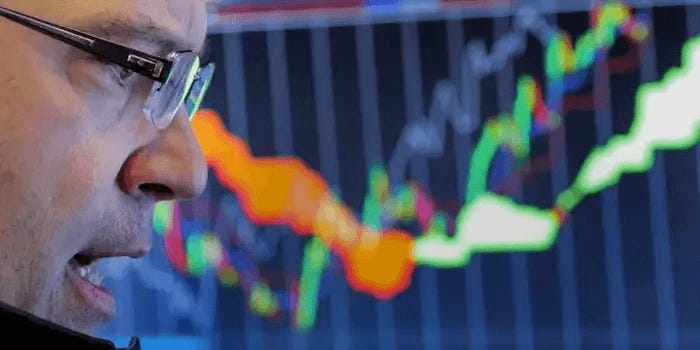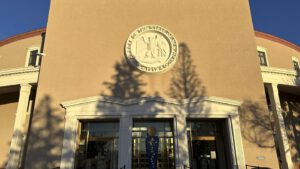Prolonged economic momentum may have snapped the inverted yield curve’s spot-on precision in forecasting recessions, as a majority of strategists polled by Reuters now see its reliability diminished.
22 of 34 surveyed bond experts consider its predictive capabilities as weaker than in the past.
An inverted curve — when the spread between 2- and 10-year US Treasurys is negative — has successfully preceded almost every recession since 1955. But this time around it’s been flashing red for 20 months without a sharp downturn striking.
Keeping the economy afloat are resilient consumers who are still spending, and a strong labor market that saw a stronger-than-expected 275,000 new jobs added in February. This has happened as inflation has stayed persistently hot, pushing expectations of stimulative rate cuts further into the future.
Polled strategists told Reuters that the size and momentum of the recent rate hiking cycle may have contributed to the curve’s inversion.
However, the inverted yield curve’s inventor has fought against the idea the indicator has lost efficiacy. Instead, Cam Harvey insists that excessive labor demand and housing market strength have dampened the downturn’s impact. He also wrote in a February note that the Federal Reserve is adding recessionary risk by stalling interest rate cuts.
“To me, the most effective mitigant for the recession scenario is for the Fed to quickly reverse course. Ideally, the Fed Funds rate is 3.5% by year end (from 5.25% today) and the cuts should start immediately,” he then said.


